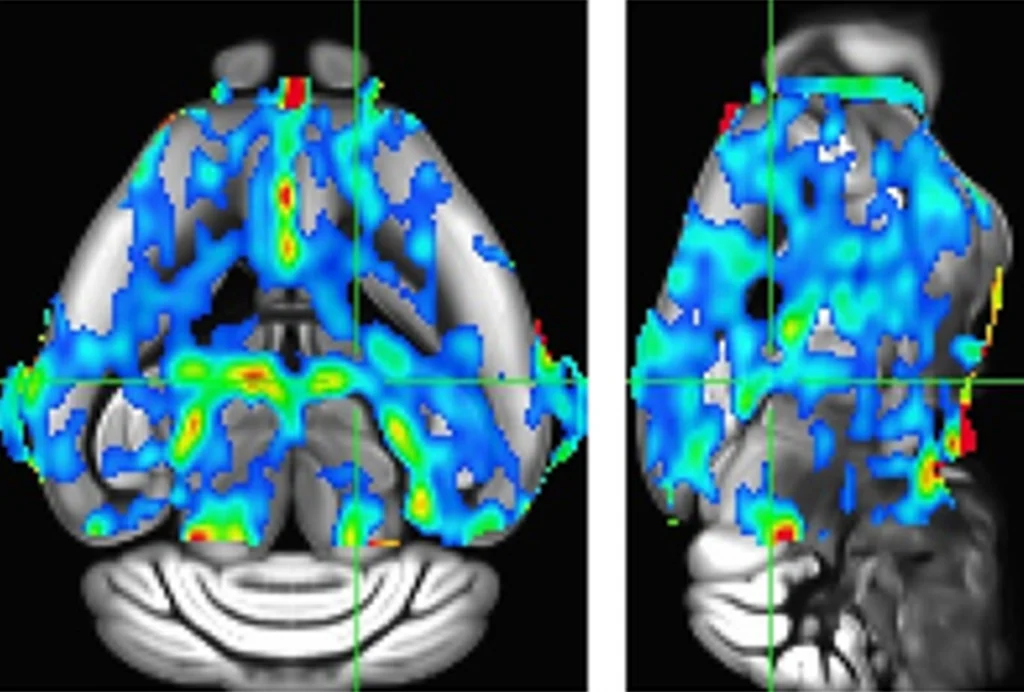
Social robots
Mechanical engineers are developing technology that allows a robot to monitor the emotional state of a human with which it interacts.
How could a robot be programmed to convey something as complex and nuanced as human interaction?
And yet, mechanical engineers at Vanderbilt University are developing technology that allows a robot to monitor the emotional state of a human with which it interacts. They say the technology may help the robots teach social behaviors to children with autism, who often shy from people but are fascinated by objects.
In experiments published in August, Nilanjan Sarkar ― whose nephew has autism ― monitored the heart rate, skin conductance, temperature and muscle response of six teenagers with autism while they played computer skill games and a basketball game in which the hoop was controlled by a robotic arm.
While the children played the computer games, the robot learned how their emotions changed with the difficulty and speed of the game. Then, when the children switched to the basketball game, the robot used what it had learned to adjust the game’s difficulty to the child’s individual preferences. With this tailored game, the kids were more engaged in the task.
The researchers say that their robot can judge a child’s emotional state as well as an experienced behavioral therapist can. Ideally, the robot could use emotional feedback to help a child with autism learn to cope with anxiety-causing social stimuli, such as loud sounds, physical closeness or eye contact.
To which we can only say: Domo arigato, Mr. Roboto.
Explore more from The Transmitter

How inbreeding almost tanked an up-and-coming model of Alzheimer’s disease

